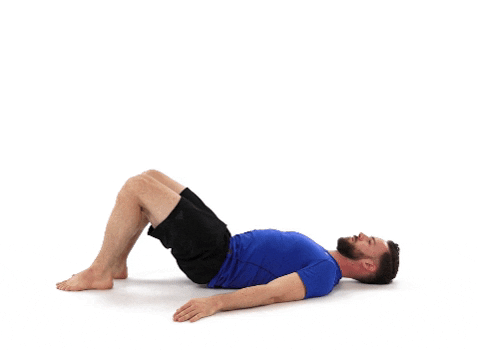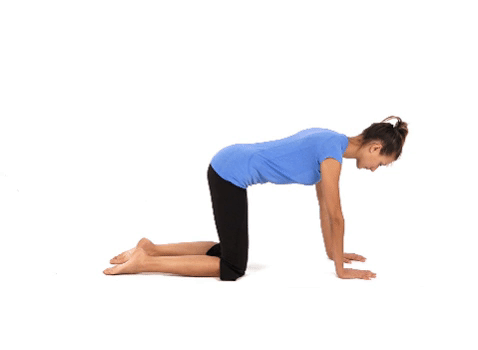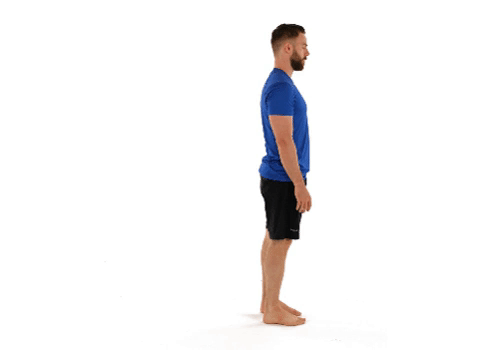3 key exercises to improve your running performance

Spring is in the air, which for many of us means it’s time to go outside and get back into a running routine.
Whether you’re running purely for the enjoyment, the health benefits or in the pursuit of a specific goal, maximizing your performance while preventing injuries is important.
Yet, each spring, many runners find themselves sidelined due to injury after only a few weeks of training. Adding strength training to your routine can be a great way to reduce your likelihood of injury while improving your running performance.
Converting leg strength into efficient movement
Lower extremity strength is key for runners. This involves a combination of core strength, leg strength and neuromuscular coordination, which is the ability to convert leg strength and balance into efficient movement.
The most common running injuries are usually caused by a lack of core control, hip strength and balance (or a combination of all three). To take your running to the next level, try adding the following three exercises to your routine.

Bridges: Start with your back on the ground, with your knees bent at 90°. Lift your hips off the ground (parallel with your torso), without using your lower back or hamstrings. Don’t go too far into the range of motion. Repeat without touching the ground.
This exercise can help you build better hip strength and activate your gluteal (buttock) muscles, which can improve push off and foot strike in running. For an even greater challenge, try the same exercise, but one leg at a time (single leg bridge).

Bird Dogs: Get on your hands and knees (the “four-point position”), with your knees under your hips and your hands under your shoulders. Place your back in a neutral position (slightly arched) and tuck your chin in. Tighten your abdominals, lumbar muscles and pelvic floor muscles slightly, then lift one arm and the opposite leg without allowing the trunk or pelvis to move or rotate. Try to grab something far away in front of you with your hand and touch an imaginary wall far behind you with your foot. Lower your leg and arm back to the floor and repeat with the other leg and the opposite arm.
This exercise can challenge your balance and core stability, and adding the leg movement strengthens your buttock muscles. For an added challenge, try raising your same side arm.

Backwards Lunges: Stand with your feet together, then step backwards and lower your body like you’re about to kneel on your back leg. At the bottom position, the front knee should be flexed to 90 degrees with you knee over your toes and the back knee is 3-5 centimetres off the floor. To go back up, push off the floor with your back foot while extending your hip and knee of the front leg. Keep your torso upright during movement.
This exercise isolates one leg at time to challenge your balance, core and individual leg strength. Stepping backward helps to emphasize activation of the hip as well as knee muscles while decreasing the chance of knee pain.
Each exercise can be done in 2 or 3 sets of 10 repetitions, 3 or 4 times per week to match up with your running routine.
Want more advice from our specialists? Go to our Locations page to find a Lifemark clinic near you.
We can help you move and feel better.
Book an appointment today.